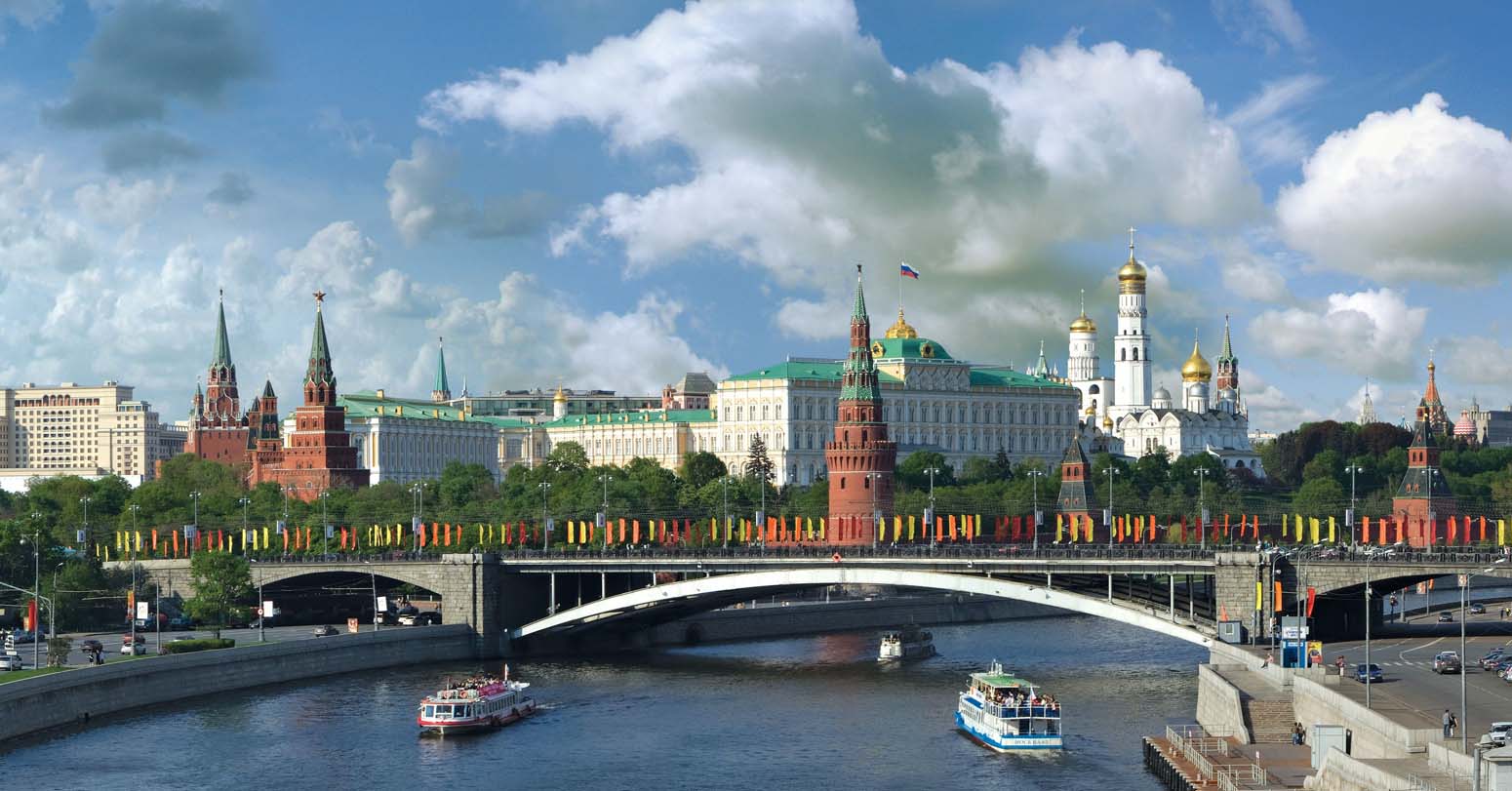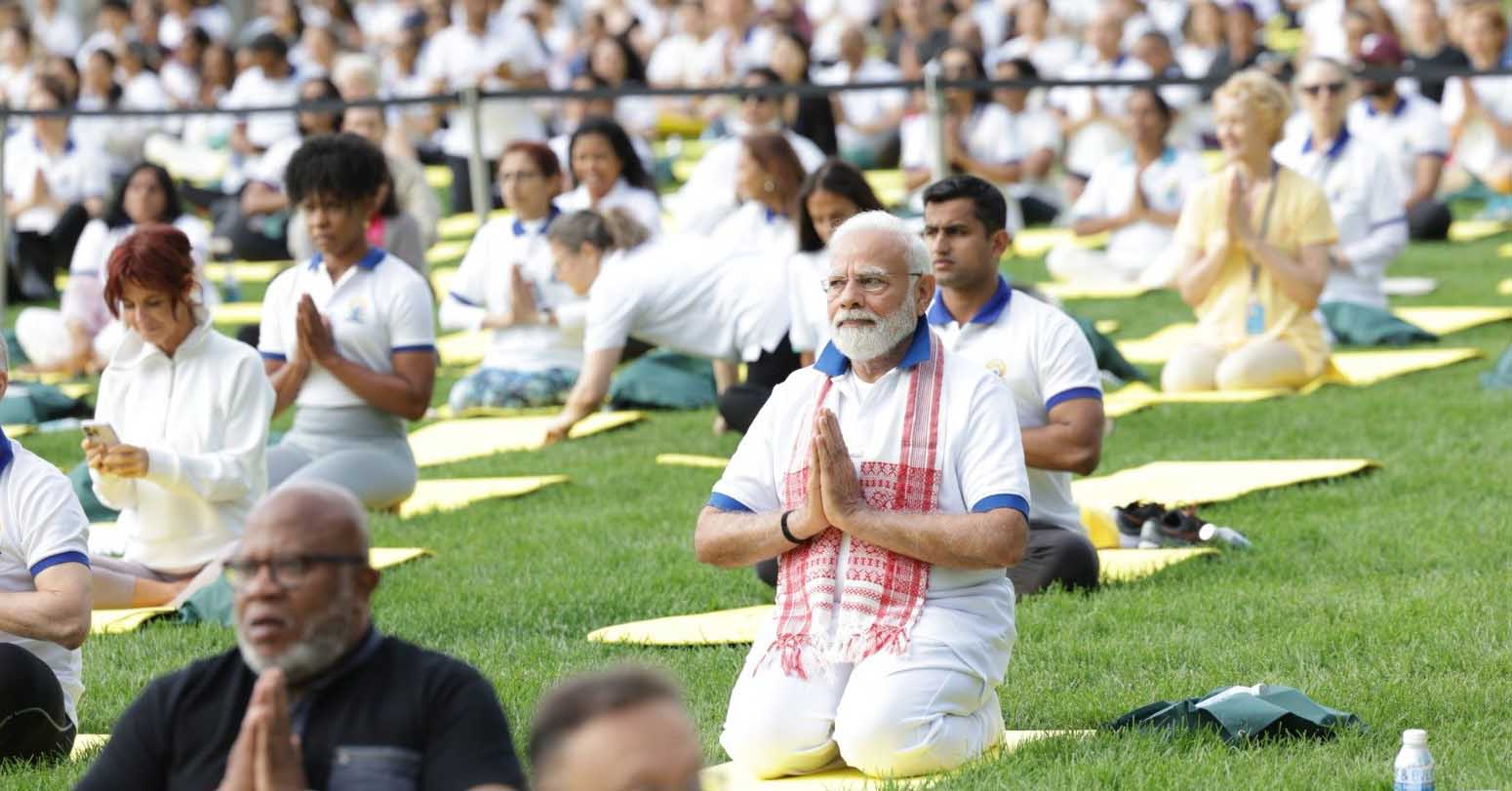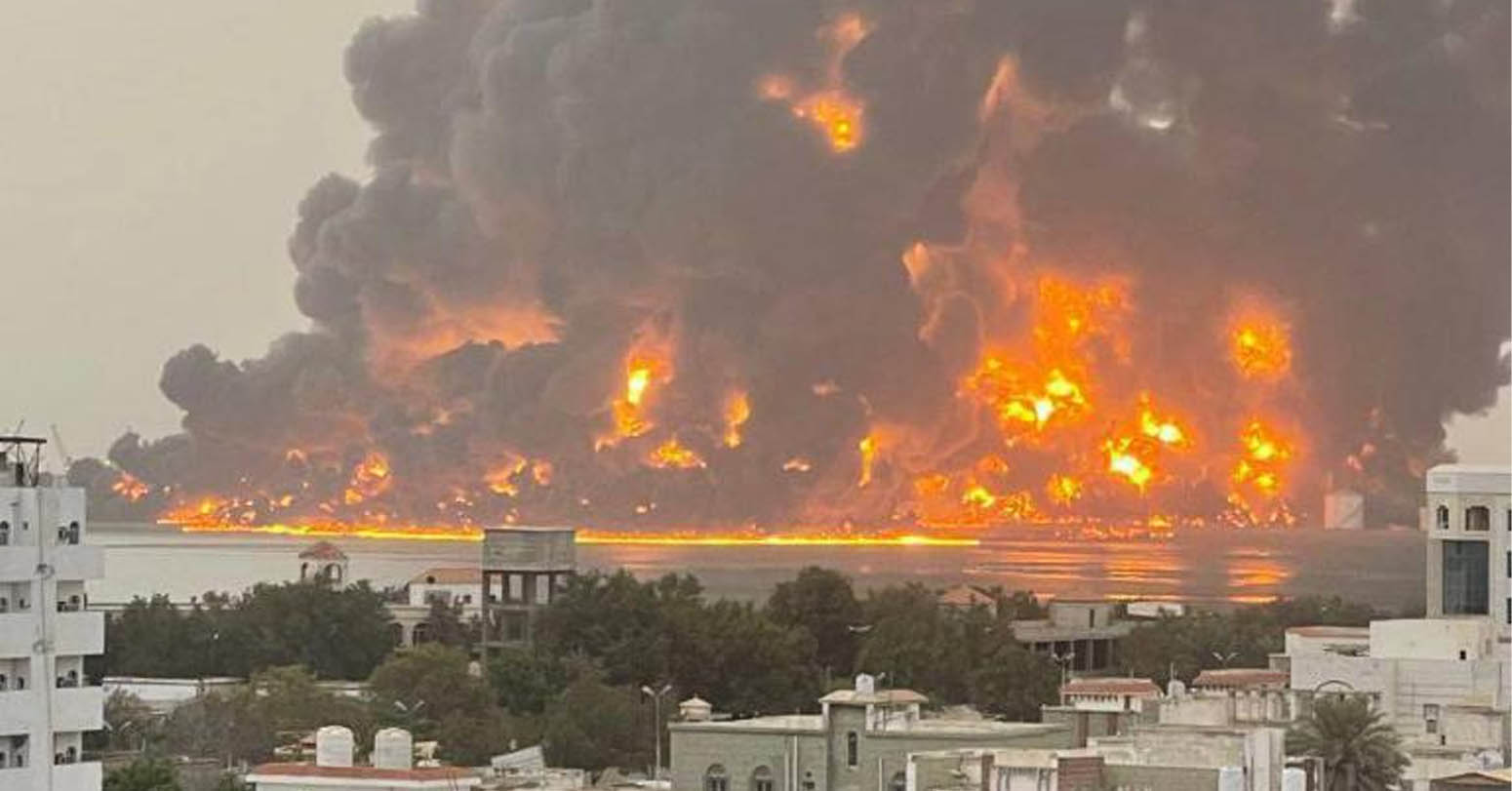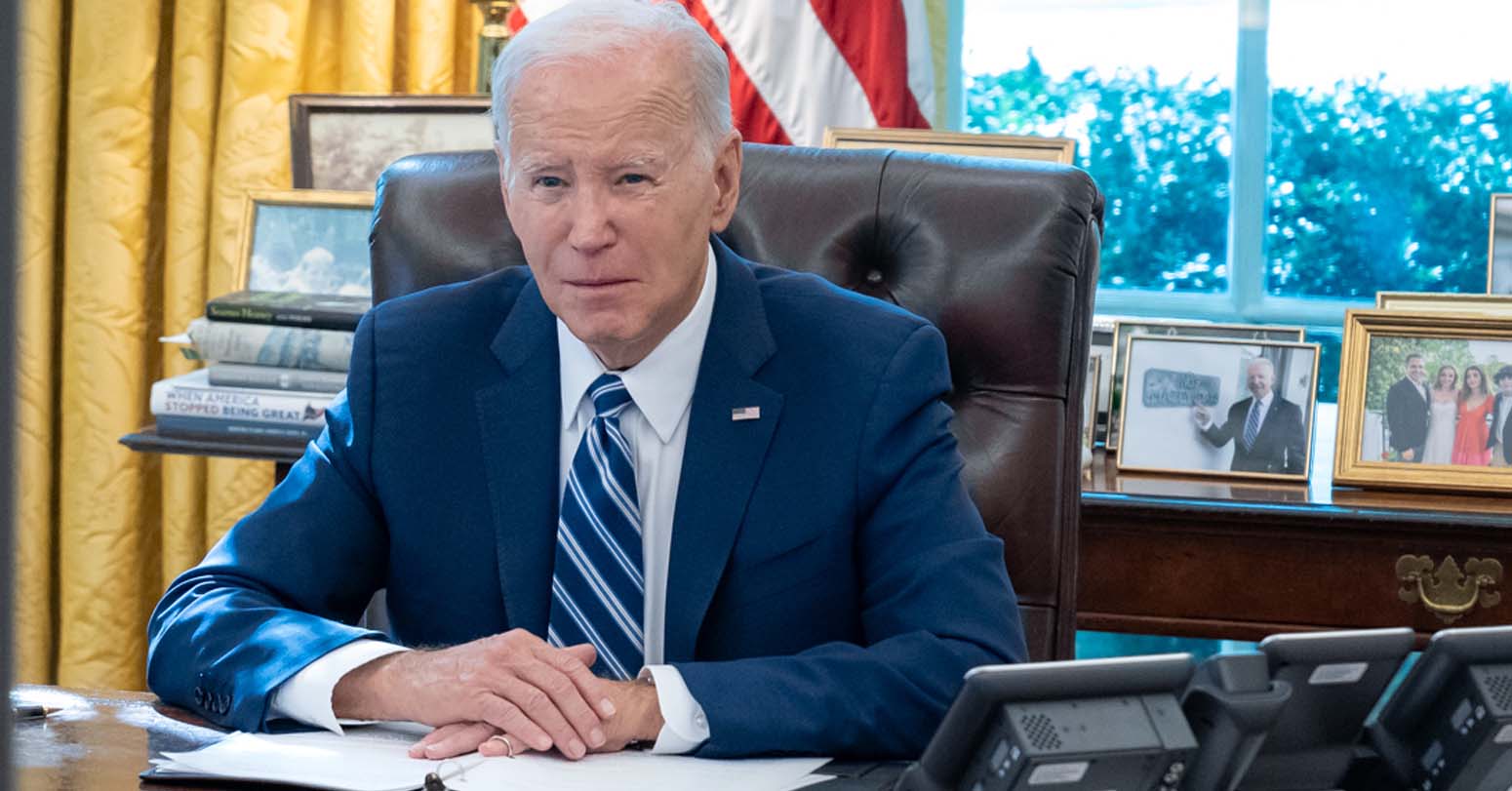Praising yoga as “truly universal,” Indian Prime Minister Narendra Modi practiced it Wednesday with a multinational crowd at the United Nations, performing poses ranging from cobra to corpse as he kicked off the public portion of his U.S. visit by calmly flexing India’s cultural reach.
With a checkerboard of made-in-India yoga mats covering the U.N. headquarters’ spacious north lawn, Modi stopped and bowed at a statue of the assassinated Indian independence leader Mahatma Gandhi. Then, in brief remarks, Modi turned to the topic at hand, portraying yoga as an all-ages, portable practice accessible to all faiths and cultures.
“It is a very old tradition, but like all ancient Indian traditions, it is also living and dynamic,” Modi said. “When we do yoga, we feel physically fit, mentally calm and emotionally content. But it is not just about doing exercise on a mat.
“Yoga is a way of life.”
Then the 72-year-old leader of the world’s most populous nation took his spot on a mat amid the throng of a thousand or more. Over the next 35 minutes, he joined in breathing exercises, meditation, backbends and other poses — from palm tree to diamond, hare to half-camel, crocodile to stretched-up frog — as a cloud-filtered sun glinted off the adjacent East River and the flags of the U.N.’s member nations rippled in the breeze.
The event honored the International Day of Yoga, which Modi persuaded the U.N. to designate in 2014 as an annual observance. This year’s version set a Guinness World Record, announced on-scene, for most nationalities — 135 — at a yoga lesson. It drew actor Richard Gere, New York Mayor Eric Adams, U.N. General Assembly President Csaba Kőrösi and Deputy Secretary-General Amina Mohammed, among other dignitaries. Secretary-General António Guterres, who is at a conference in Paris, sent in a video greeting.
The shouts of demonstrators across the street from the U.N.’s gates could be heard during the meditative utterances of “Om” within, as about 200 Modi supporters and 50 critics rallied separately, kept apart by barriers and closely watched by New York police.
The pro-Modi group cried out greetings to him and held signs with such messages as “America Welcomes Narendra Modi” and “United We Stand,” accompanied by a photo of the U.S. flag. The Modi opponents yelled, “Modi, go back!” and waved large yellow flags referring to Khalistan, the name of the homeland that Sikh separatists seek to create in India.
Modi arrived in New York on Tuesday for a trip that will offer plenty of time to discuss global tensions. But starting out by highlighting an ancient pursuit of inner tranquility is a savvy and symbolic choice for a premier who has made yoga a personal practice and a diplomatic tool.
First practiced by Hindu sages, yoga has now become one of India’s most popular cultural exports, and Modi has energetically promoted it as a — rather literal — feel-good way of stretching the country’s influence abroad.
Modi, a Hindu nationalist, presents himself as an ascetic who adheres to his religion’s strictures on vegetarianism and yoga. He has posted social media videos over the years of himself practicing yoga poses (to say nothing of providing live visuals of him meditating in a Himalayan mountain cave after national elections in 2019).
Modi last visited the U.N. during the 2021 General Assembly, where he said that “all kinds of questions have been raised” about the world body’s effectiveness on matters including climate change, the coronavirus pandemic and terrorism.
He also made a point of staking out his country’s place in the international community, noting that “every sixth person in the world is Indian.” In the years since his speech, India has surpassed China to claim the world’s largest population, at 1.425 billion.
India has long sought a permanent seat on the Security Council, the U.N.’s most powerful organ. India has been elected to a two-year seat several times, most recently for 2021-22.
During Modi’s remarks Wednesday, he noted India’s role as a major contributor of troops to U.N. peacekeeping missions.
Modi was headed to Washington later Wednesday for a three-day visit that includes an Oval Office meeting with President Joe Biden, an address to a joint meeting of Congress, a White House state dinner and more. Among the plans: a State Department luncheon hosted by Vice President Kamala Harris, whose mother was born in India, and by Secretary of State Antony Blinken.
The visit comes as both countries are interested in strengthening ties.
The U.S. has been looking to India, also the world’s biggest democracy, as a key partner on matters that include checking China’s ambitions in the Indo-Pacific region. India, meanwhile, wants to bolster military and trade connections with the U.S.
However, human rights advocates are urging Biden to press Modi on human rights issues, both international and within India. Modi has faced criticism over legislation that fast-tracks citizenship for some migrants but excludes Muslims; a rise in violence against Muslims and other religious minorities by Hindu nationalists; and the recent conviction of India’s top opposition leader, Rahul Gandhi, for mocking Modi’s surname. (Gandhi recently visited the U.S. himself, speaking to journalists, university students and an Indian diaspora group.)
The Indian government defends its human rights record and insists that the nation’s democratic principles remain rock-solid.
On Tuesday evening, Modi met with a range of prominent U.S. academics, health experts, scientists and business leaders, including Tesla CEO Elon Musk.
Speaking to media afterwards, Musk said he was excited about India’s future and the opportunities it presented.
“I think India has more promise than any large country in the world,” Musk said, adding that he was confident Tesla “will be in India … as soon as humanly possible.” The tech billionaire last month said his company may pick a location for a new factory by the end of this year and that India was an interesting place for it.
-AP















Comprehensive Data Protection Law Critically
Gender Differences In Mental Healthcare
Messi Wins Best FIFA Men’s
Erosion of Democracy
Fly Dubai Catches Fire in
“Complexities of the South Asian